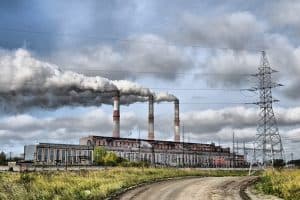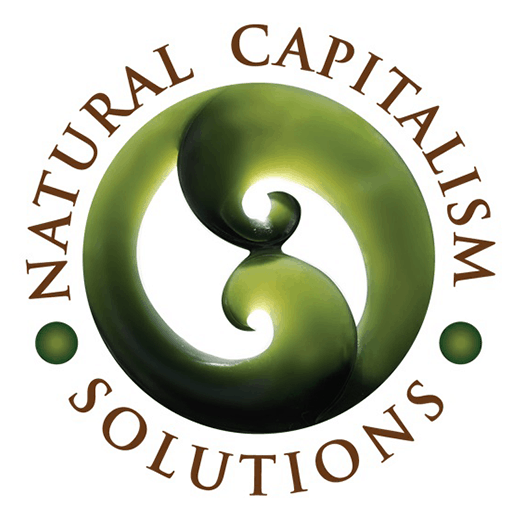[fusion_builder_container hundred_percent=”yes” overflow=”visible”][fusion_builder_row][fusion_builder_column type=”1_1″ background_position=”left top” background_color=”” border_size=”” border_color=”” border_style=”solid” spacing=”yes” background_image=”” background_repeat=”no-repeat” padding=”” margin_top=”0px” margin_bottom=”0px” class=”” id=”” animation_type=”” animation_speed=”0.3″ animation_direction=”left” hide_on_mobile=”no” center_content=”no” min_height=”none”]
Huffington Post
L. Hunter Lovins
June 2013
This article has been submitted as part of the Natural Capital Coalition’s series of blogs on natural capital by Hunter Lovins, President, Natural Capitalism Solutions, Professor of Sustainable Management, Bard MBA and Time Magazine Millennium “Hero of the Planet”.
Since international negotiations on global climate change began, it has been the case that the two countries most responsible for greenhouse gas emissions today – the United States and China – could lead the world on the issue if they could agree with one another.
They haven’t gotten there yet, but they took a meaningful step last Saturday when Presidents Obama and Xi Jinping agreed to cooperate on phasing out the use of HFCs – a class of potent greenhouse gases used as refrigerants and in industrial processes.
The description of the agreement released by the White House notes that “a global phase down of HFCs could potentially reduce some 90 gigatons of CO2 equivalent by 2050, equal to roughly two years worth of current global greenhouse gas emissions”.
While the White House mentioned no specific reduction goals or deadlines, the US-China agreement could break an international deadlock on how to cut HFC emissions. The United States, Mexico and Canada have wanted to deal with them under the Montreal Protocol. Until Saturday, China was one of several countries that opposed that approach, preferring that HFCs be handled as part of the international negotiations on climate change.
The difference between the two approaches is all about expediency. Climate negotiations continue to drag on and on, but the Montreal Protocol already is in force. In fact, it is regarded as the best-ever model of international collaboration to cut pollution.
By way of background, HFCs go by several names – hydroflourocarbons, SLCPs (short-lived pollutants), “superpollutants” and a SWP (super wicked problem). They are one of four pollutants that experts estimate could reduce the global warming trend by 50% in the short term. (Another is methane, including the fugitive emissions from natural gas production.)
In the course of the work that led to the Montreal Protocol, HFCs were seen as a benefit because they don’t harm the ozone layer. But they turned out to be a SWP.
The next steps are to persuade the rest of the international community to follow the U.S.-China lead while the Environmental Protection Agency oversees the phase-out of HFCs in the U.S. We’re not there yet, but for now the Obama Administration deserves credit for negotiating an important first step.[/fusion_builder_column][/fusion_builder_row][/fusion_builder_container]

Leave a Reply